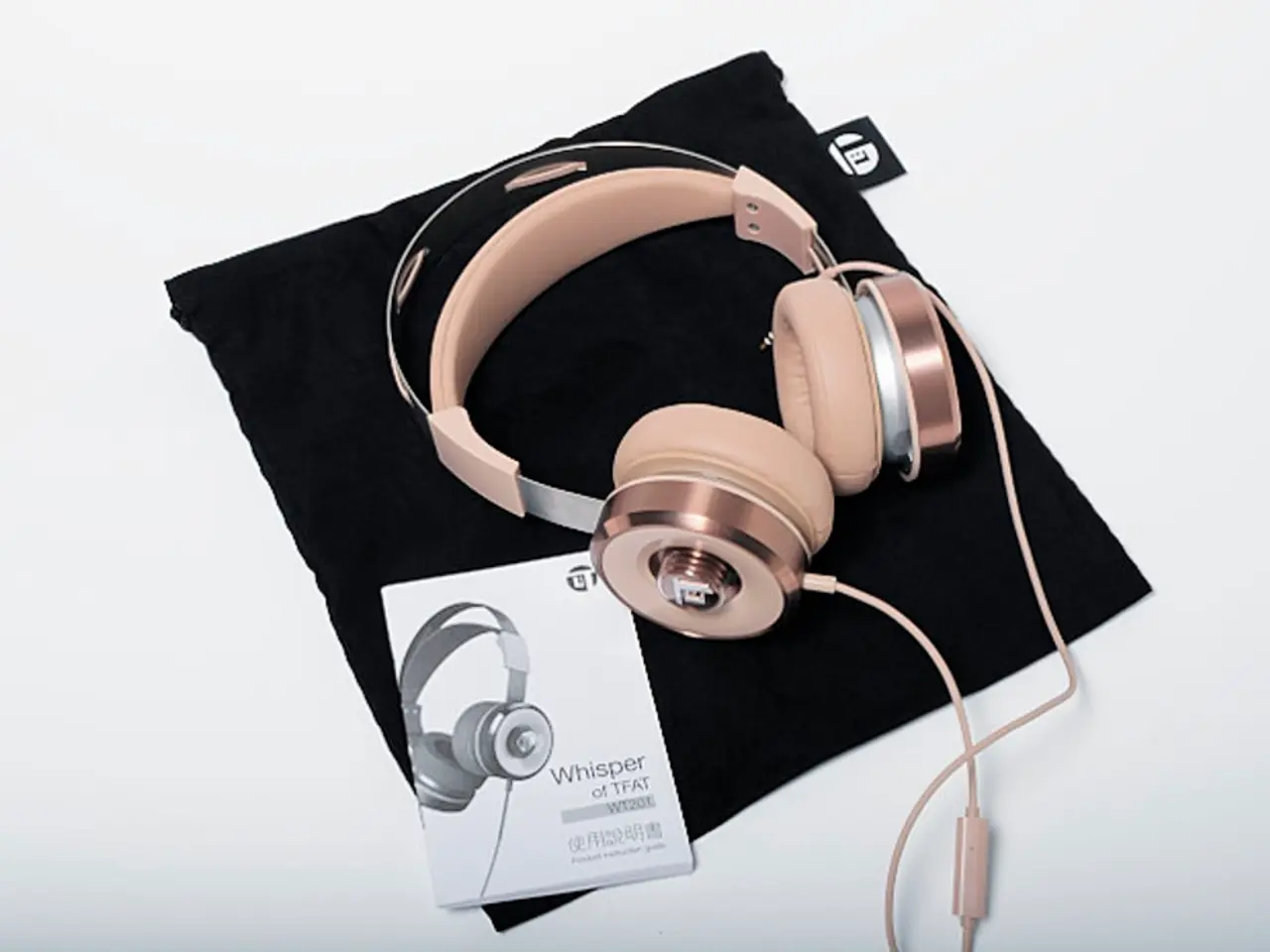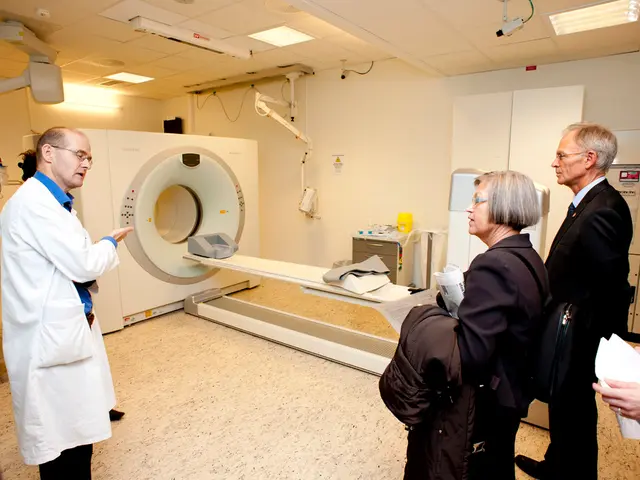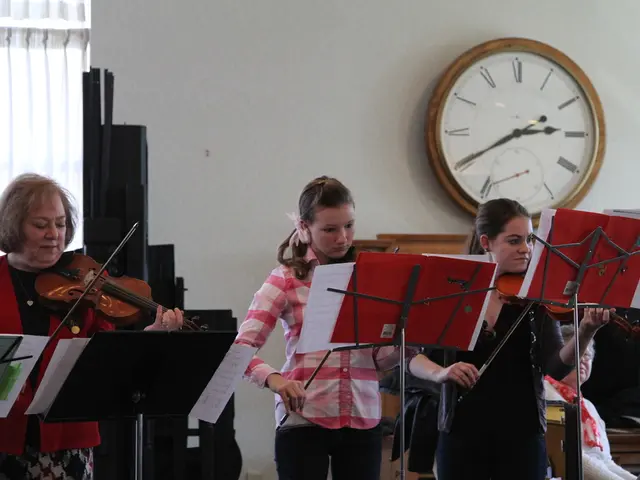Transformed Hearing Landscape: The Impact of Digital Hearing Aids on Auditory Wellness
In the vibrant city of Adelaide, digital hearing aids are making a significant impact on the community, extending beyond individual users to improve communication, relationships, and social connections.
Modern digital hearing aids, unlike their traditional analog counterparts, operate fundamentally differently. They use sophisticated computer chips for sound processing, converting sound waves into digital signals, processing them through complex algorithms, and converting them back to enhanced audio. This digital transformation delivers clearer speech recognition with less distortion and feedback, improving users' ability to understand conversations in various acoustic environments, such as busy cafes and social gatherings common in Adelaide.
Advanced noise reduction algorithms in digital hearing aids are another key advantage, particularly in Adelaide’s active outdoor dining and festival scenes. These algorithms suppress background noise while preserving important speech signals, ensuring users can hear clearly even in noisy environments. Users can also benefit from multiple program settings tailored by audiologists to different environments, providing flexibility that analog aids lack.
Connectivity is a major differentiator. Many digital hearing aids wirelessly connect to smartphones, televisions, and other devices, streaming audio directly to the hearing aids. Emerging technologies like Auracast (Bluetooth LE Audio) promise even more seamless, low-latency, multi-device audio streaming in public venues, enhancing social and media experiences for users.
The discreet designs of modern digital hearing aids also improve aesthetics, encouraging more people to seek help without stigma. Local hearing specialists in Adelaide report greater patient satisfaction and improved quality of life with digital devices, as these aids support active social and professional participation and address the city’s diverse acoustic challenges better than analog ones.
When choosing digital hearing aids, it is essential to consult a qualified audiologist for a comprehensive hearing evaluation and to discuss daily activities, lifestyle requirements, and recommended features and styles. Trial periods allow users to experience different digital hearing aids in real-world situations before making a final commitment.
Audiologists can fine-tune digital hearing aids to match an individual's exact hearing loss pattern. This personalization ensures optimal performance and comfort for each user.
In summary, digital hearing aids provide Adelaide residents with better sound clarity, noise management, customization, modern aesthetics, and advanced connectivity, collectively improving social engagement and overall hearing health compared to traditional analog hearing aids. These devices are not just addressing the physical aspects of hearing loss but the emotional and social challenges that accompany it, transforming hearing health outcomes in Adelaide.
[1] Healthcare awareness campaigns in South Australia have educated residents about the connection between untreated hearing loss and cognitive decline, depression, and social isolation, motivating many to seek early intervention with advanced digital solutions. [2] Patients in Adelaide express greater satisfaction with digital hearing aids, reporting improved confidence in social situations and better overall quality of life. [3] Digital hearing aids offer significant benefits for residents in Adelaide compared to traditional analog models, including superior sound quality, advanced noise reduction, personalized programming, discreet designs, and enhanced connectivity features.
- The health-and-wellness benefits of digital hearing aids extend beyond the physical aspects of hearing loss, as they also address associated medical-conditions such as cognitive decline, depression, and social isolation in residents of Adelaide.
- Embracing digital technology in hearing aids has revolutionized health-and-wellness in Adelaide, offering patients significant improvements in sound quality, noise reduction, personalization, and connectivity, improving their overall social engagement and quality of life, compared to traditional analog models.








